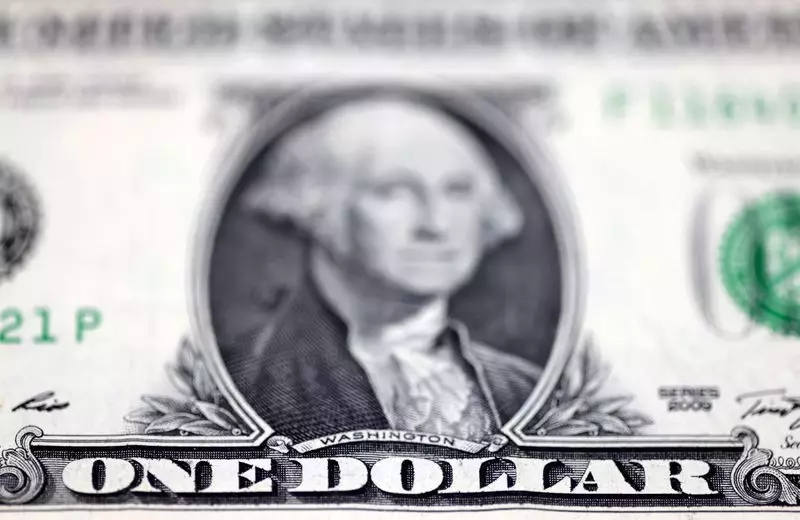In the aftermath of the recent holiday period, the U.S. dollar has shown a slight uptick, buoyed by expectations surrounding the forthcoming economic policies of the incoming administration led by Donald Trump. Analysts project that these policies could stimulate economic growth and elevate inflation rates, thereby strengthening the dollar’s position in the global market. However, as we delve into the complexities behind this currency’s movement, it becomes evident that several factors, including regulatory changes, labor market conditions, and central bank strategies, intertwine to shape the outlook for the dollar.
Thursday’s trading activity illuminated a low-volume environment, a byproduct of many traders being away for the holiday season. Such conditions often lead to heightened volatility, presenting both risks and opportunities in the foreign exchange market. The dollar’s modest gains in this context reflect an underlying confidence among investors about the potential impacts of anticipated fiscal measures. However, the light trading volume also raises questions about the sustainability of these gains, as market sentiment could shift quickly once regular trading resumes.
The consensus among market analysts suggests that the new administration will prioritize looser business regulations and substantial tax cuts. This combination is expected to catalyze U.S. economic growth in the coming year. Nevertheless, potential challenges loom, particularly concerning immigration policies and the introduction of tariffs on imports. Such actions, while aimed at bolstering domestic industries, could inadvertently escalate price pressures and pose long-term risks to economic stability. This paradox illustrates the fine line policymakers must walk, balancing protectionist measures against potential backlash in the form of inflationary pressures.
Recent discussions surrounding the Federal Reserve’s monetary policy reflect growing concern regarding the trajectory of interest rates. Following a pivotal cut of 25 basis points, Fed Chair Jerome Powell emphasized that future reductions are contingent upon progress in mitigating inflation challenges, which have remained persistently elevated. Notably, updated projections suggest a more conservative approach to rate cuts than previously anticipated, now reflecting a forecast of just 50 basis points for the coming year. This strategy has contributed to the dollar’s rally, as market participants anticipate a cautious Fed amid uncertain economic conditions.
Labor market data released recently added another layer of complexity to the dollar’s narrative. A decrease in new jobless claims to a one-month low underscores the resilience of the U.S. labor market, suggesting that while economic growth may be cooling, the fundamentals remain intact. Concurrently, retail sales data reveal a robust increase of 3.8% during the holiday shopping season, driven by intense promotional efforts by retailers. This uptick in consumer spending points to a possible silver lining for the economy, indicating that the dollar may have firm ground to stand on in the near term.
The broader implications of the dollar’s rise are reflected in its performance against other key currencies. The euro, for instance, has experienced slight depreciation, dipping to levels not seen since late November. The dollar’s strength against the Japanese yen also paints a picture of shifting currency dynamics amid changing monetary policy expectations from central banks worldwide. The Bank of Japan’s ambitions to achieve its inflation target further complicate the landscape, as varying inflation rates and economic strategies across nations continue to shape investor perspectives.
Even within the realm of cryptocurrencies, the ripple effects of fiat currency trends are palpable. Bitcoin’s recent decline underscores the volatile nature of digital assets and their susceptibility to broader financial market movements. As traditional currencies continue to face scrutiny and fluctuation, the allure of cryptocurrencies remains uncertain, fluctuating in tandem with investor sentiment.
While the U.S. dollar has shown resilience amidst a backdrop of regulatory changes and economic indicators, the interplay of various factors creates a complex environment for future currency performance. As we move into the new year, the ongoing developments in fiscal and monetary policy will be closely monitored, determining not only the fate of the dollar but also the trajectory of the global economy as a whole.

